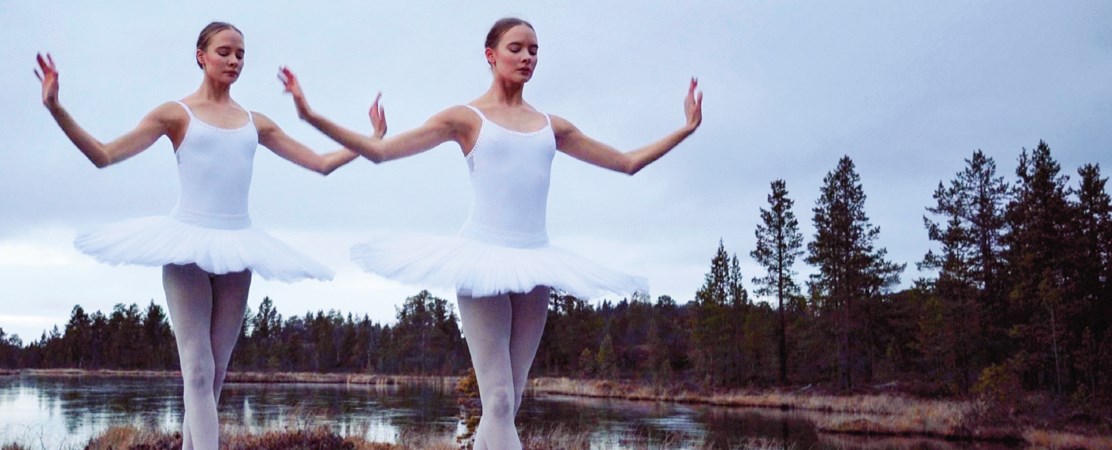Arctic Indigenous Films in the Spotlight

By Liisa Holmberg, Film Commissioner, International Sámi Film Institute
Why are films important to indigenous peoples in the Arctic? There are many obvious reasons, but the main one is that we have exciting untold stories to tell, and lots of people in the world want to hear them.
Indigenous peoples have a vivid and rich storytelling tradition. The stories have been told for decades and centuries in their families and passed on from generation to generation. Films, digital media and television are a modern way to bring these legends to life and share them with a worldwide audience. Also, the stories can provide a job and a fantastic future for young indigenous talents.
The film industry is one of the fastest growing industries in the world. To finance and support filmmakers all over the Arctic, the International Sámi Film Institute (ISFI) has set up the Arctic Indigenous Film Fund (AIFF) together with Sundance Film Institute in the US, Nunavut Film Corporation in Canada, Greenland Film, and Sakha Film in Russia. One of the major problems in indigenous communities is the lack of opportunities for young people to study or work in their home areas. AIFF’s mission is to provide inclusiveness, a platform and job opportunities for indigenous youth – reach out to young people from the most remote communities and offer them new ways to be heard and seen.
AIFF’s pilot project Arctic Chills involves 23 indigenous screenwriters from Alaska, Canada, Greenland, Norway, Sweden, Finland and Russia. The goal is to produce an anthology of five horror or supernatural films by 2022. Arctic Chills will present tales and mythical, complex and terrifying beings never before seen on screen, bringing audiences into the ice-cold landscapes on the edges of survival. Another important project is Arctic Indigenous Talent Hubs. The goal is to build digital talent hubs and virtual reality environments in Arctic indigenous communities, and enable the young digital-era generation to enter the global and professional media business.
Historically the role of indigenous peoples in films has been as the extra, or just primitive savages who allow the main hero to shine. It was only in 1987 that the Sámi hero beat his enemies on screen in Sámi director Nils Gaup’s movie Pathfinder. Modern Sámi filmmaking has come far since then. In 2018, Marja Helander's short film Birds in the Earth won the Finnish Short Film Award and the Risto Jarva Prize at the Tampere Film Festival, and also made it to the 2019 short film competition at the Sundance Film Festival. Just before that, Amanda Kernell swept the board with her film Sami Blood: Best Debut Director at the Venice Film Festival, and second prize in the Tokyo International Film Festival as well as the prize for the Best Actress. The same year, Katja Gauriloff’s Kaisa’s Enchanted Forest became the Best Documentary in the Finnish Jussi awards – the first time that a Sámi film won the first prize in Finnish film awards. The latest milestone was reached in early 2019 when Norwegian Broadcasting Corporation NRK Drama and ISFI announced their plan for a Sámi TV drama production for 2019–2023. In addition, a TV series for Sámi children is being developed in cooperation with NRK Sápmi and NRK Barn og Ungdom (Children and Youth).
The International Sámi Film Institute has worked hard to support Sámi filmmakers through its ten-year history. For ISFI, the field is geographically wide and culturally diverse as the Sámi live across Finland, Sweden, Norway and Russia. An important resource is collaboration with other indigenous peoples worldwide, which is possible through ISFI’s diverse international network. Similar to ISFI, the other Arctic film foundations support their own filmmakers.
The key to creating a permanent professional base for the industry lies in education. The Sámi Education Institute in Inari, Finland has trained film and TV professionals for over 20 years, with five to ten graduates per year. In fall 2018, Sámi University of Applied Sciences in Kautokeino, Norway started a three-year cinema and journalism training with 17 enrolled students. The program is designed in cooperation with ISFI and conducted entirely in the Sámi language.
For a real-life horror story, read Liisa Holmberg's column Arctic Horror on the Big Screen
